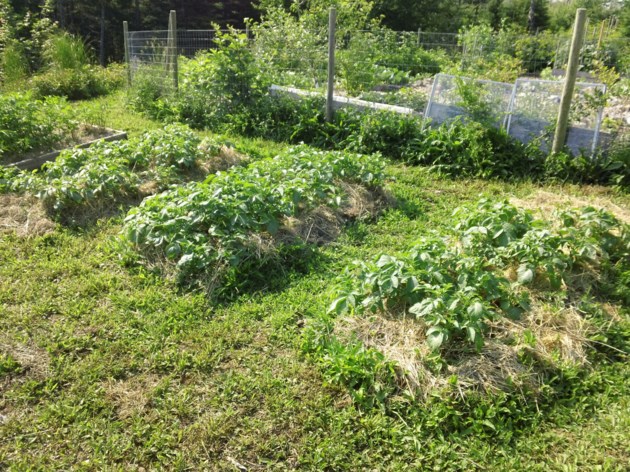This was my first-ever full-length paid article.
From The Dragon Magazine, Issue #40, August 1980
Don’t Drink That Cocktail—Throw It!
by Robert Plamondon

Festus the Dwarf kicks open the wide door of the bandits’ dungeon home and throws in two molotov cocktails, burning one of the twelve bandits to death and wounding two more. Right behind come Rangers Smith and Jones and Cleric Lucretia, who each lob two smoking oil flasks. Before the bandits can react, over half receive serious bums and several are dead. The pools of flaming oil prevent them from regrouping. With sword and bow, the invaders pick off the survivors and take the room. None of the adventurers has taken a hit.
Many players, like those mentioned above, have realized that flaming oil is the most powerful weapon available to a low-level player in AD&D. A flask of oil burning on a monster (or player character) does 3-18 points of damage in the space of two rounds and can be used by all character classes except Monks. Compare this to a “paltry” 1-10 points of damage done by each hit of a two-handed sword.
 Because the players in my dungeon were using so much oil and frying monsters so consistently, I decided to investigate the use of oil in AD&D.… Read more ...
Because the players in my dungeon were using so much oil and frying monsters so consistently, I decided to investigate the use of oil in AD&D.… Read more ...



 The Rod of Singing is a magical item usable by both Clerics and Magic-Users, although neither class will appreciate its charms.
The Rod of Singing is a magical item usable by both Clerics and Magic-Users, although neither class will appreciate its charms.




 Don’t have your copy of Gardening Without Work yet? I’m the publisher! See my
Don’t have your copy of Gardening Without Work yet? I’m the publisher! See my 
